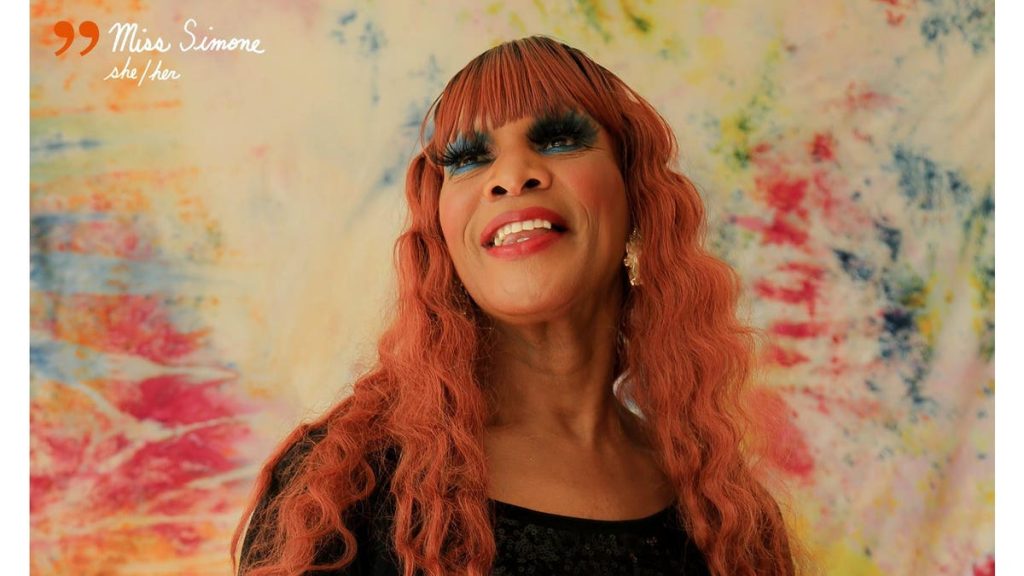By: Kylie Madhav, SAGE’s Senior Director of Diversity, Equity, and Inclusion
As we are reaching a fever pitch of Pride month, I reflect on how public life for transgender people in the United States has evolved. March 30 marked Trans Day of Visibility – a day of recognition that was first observed in 2009. In just over a decade – thanks to the cumulative impact of generations of advocacy led by transgender and non-binary (TGNB) community members – we have witnessed a heretofore unseen flourishing of narratives and images of TGNB individuals publicly and unapologetically embracing the totality of who they are.
In 2009, there were few openly transgender people holding a public office, but in the last decade, we have seen the election of scores of transgender and non-binary politicians to all levels of government throughout the United States, Canada, the Caribbean, and the wider world. Some examples that come to mind are Jowelle de Souza of Trinidad, Hendrika Mayora Victoria of Indonesia, Blake Desjarlais of Canada, and Phillipe Cunningham of Minneapolis, to name only a few.
The TGNB community has also made remarkable strides in reclaiming space in mass media. While it is true that transgender and non-binary people have been depicted in visual art and text for centuries, it is only in recent years that we have begun to wield decisive power over how our stories are rendered. The incomparable best-selling author, advocate, and director Janet Mock served as executive producer, writer, and director of Pose during its much-acclaimed three-season run. Outspoken leaders such as Laith Ashley, Carla Antonelli, and Munroe Bergdorf have built successful careers as models and artists while remaining vocal change agents in the movement for TGNB civil rights. Some of the most celebrated literary works of the last decade have been written by TGNB authors such as Vivek Shraya, Rivers Solomon, and Torrey Peters. Considering this proliferation of art created by openly transgender and non-binary people, it is not hyperbolic to state that, at last, our stories are beginning to be told on our terms and with our voices.
Yet, as is often the case during periods that bear witness to the expansion of civil liberties and protections, society’s pendulum of tolerance seems to be inching once again toward inequity. While more TGNB people are living and thriving in the open than at arguably any other moment in American history, the past several years have seen increasingly visceral and hateful transphobic rhetoric by prominent public officials. Anti-trans hostility once reserved for online message boards and comment sections has taken a place of prominence in political debates and speeches. We are 20 months away from the next US general election and at least two candidates aspiring to the highest office in the country have openly and repeatedly disparaged transgender and non-binary persons and/or made statements tantamount to a denial of our very existence. Lawmakers are also increasingly policing the expression of gender and identity through legislation in ways not seen for decades in the United States. The positive visibility for which we have fought so earnestly for so long has been weaponized against us as images of our bodies are misappropriated as tropes in the service of short-term political gain.
This is to say nothing of the heartbreakingly high number of transgender and non-binary people who lose their lives to violence each year.
I draw upon these two contrasting images – one of an ever more open and accepting world juxtaposed against that of societies increasingly hostile to the notion of a more inclusive tomorrow – not to suggest that trans and non-binary people should once again retreat away from public life towards havens of temporary respite. Instead, I only mean to demonstrate that visibility for transgender and non-binary people is – as it has always been – nuanced. We should, of course, celebrate TGNB people living visibly in whatever way feels most comfortable for them, but trans and non-binary lives lived outside of the public gaze are also worthy of acknowledgment and celebration.
The increasing humanization of transgender and non-binary people in our public discourse has undoubtedly played a pivotal role in the greater acceptance that our community has experienced over the last decade. It becomes harder to disparage a group when you recognize someone you care about – or yourself – in said group. But TGNB people alone cannot be expected to bear the burden of undoing a system of prejudice that we did not create. In the spirit of shared responsibility, this Transgender Day of Visibility, I encourage all those who consider themselves friends and allies of the TGNB community to publicly – visibly – resist the rising tide of anti-trans hate speech. If you stand in solidarity with us, then let the world know. Voice your opposition to your local politician if they propose to limit trans people’s access to life-saving medical care. Invite your family members who casually repeat anti-trans political talking points to see a different perspective. If you’re disturbed by how frequently trans people are vilified in your preferred news source, commit to changing the channel.
By allowing TGNB people the space to choose how or if to live in the public eye – and honoring whatever path for which they may opt – and by encouraging supporters of the TGNB community to stand with us visibly, I believe that we honor the legacy of our TGNB forebears who sacrificed their very lives for the promise of a more just future. A future defined by choice for trans people and by a mutual respect for the humanity of the other.
Read the full article here










